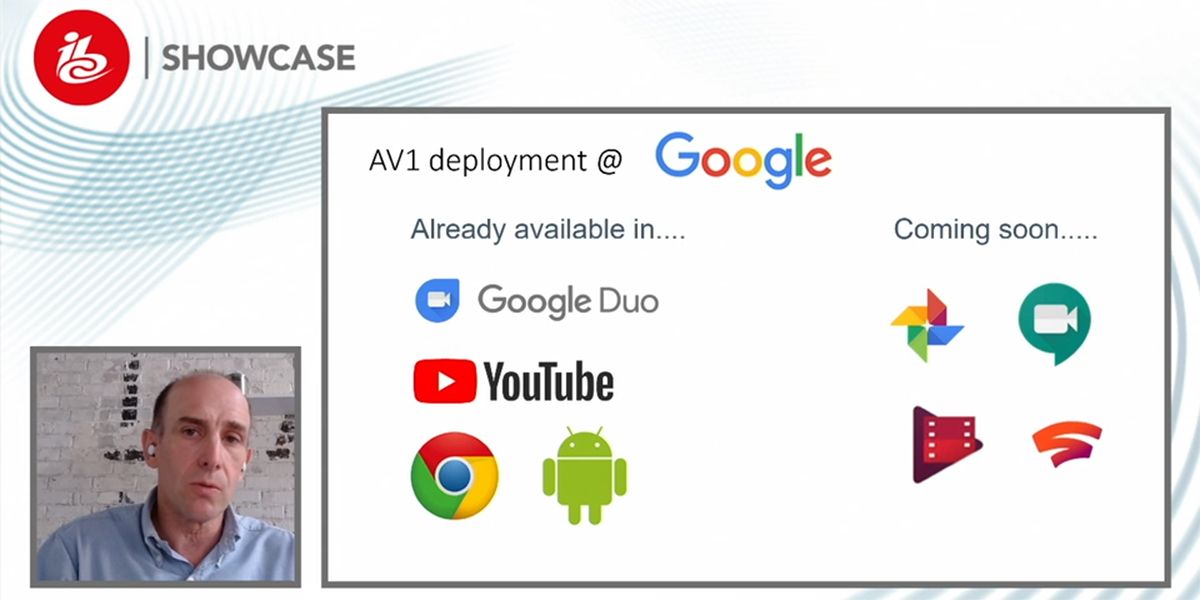Phoronix: FFmpeg Lands Support For NVIDIA AV1 Video Decoding With RTX 30 + NVDEC
Adding to the growing list of changes for the next FFmpeg release is now AV1 video decoding with NVIDIA's GeForce RTX 30 series graphics cards...
Adding to the growing list of changes for the next FFmpeg release is now AV1 video decoding with NVIDIA's GeForce RTX 30 series graphics cards...

 .
.

Comment